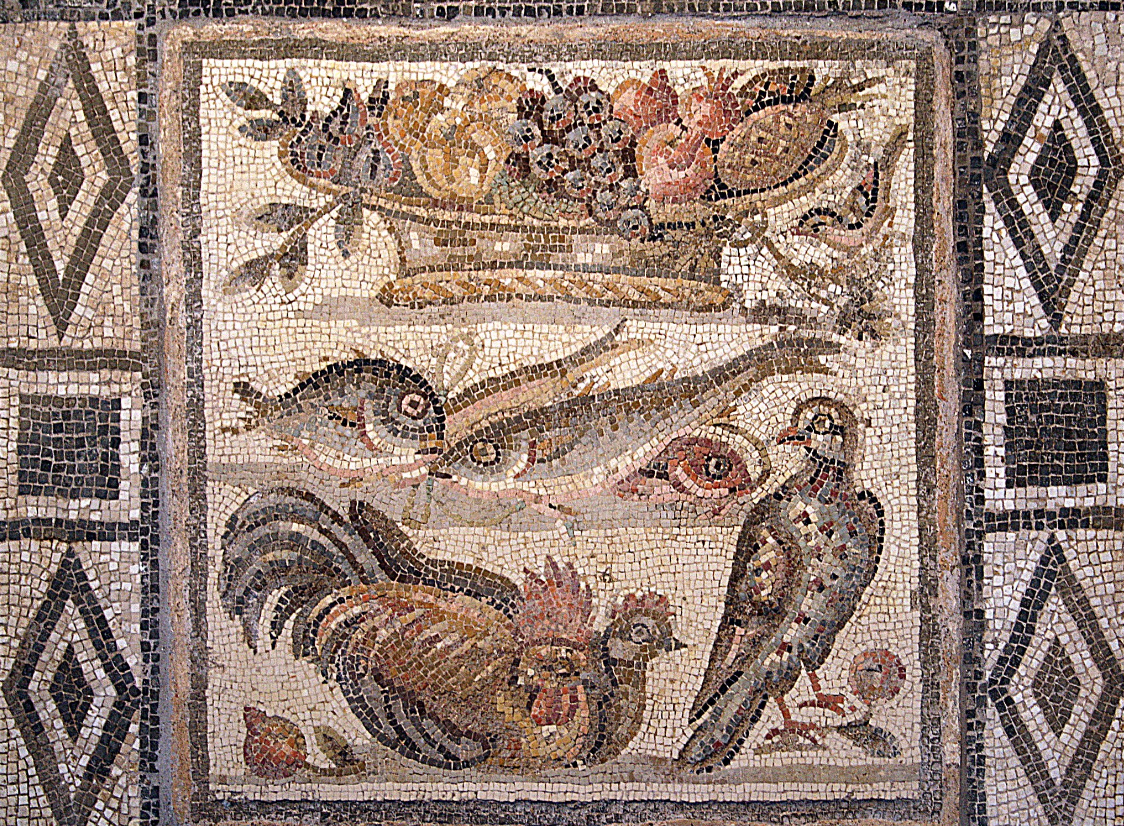Eating Rome
Alexandra Sills
Jun 10, 2022
2 min read
I’ve been always been interested in historical cooking. Experimental archaeology is great at the best of times, but doubly so when you get to eat what you’ve made. I thought Working Classicist readers may enjoy making a few Roman recipes at home.
There are a couple of blogs and cookbooks available now on the subject, and whilst they are fascinating to read, I’m unconvinced as to how useful they are for people wanting to actually cook Roman dishes. I looked at the recipes in one book, and as much as I searched, my local Tesco didn’t have a single dolphin, jellyfish or pack of sow’s udders.
Also, a lot of food bloggers have invested in replica terracotta ware, outdoor wood ovens and other delights that are too expensive and impractical to purchase for nearly everyone except re-enactors.
I’m here to tell you, it’s okay to cheat. Sure, Apicius didn’t have nutribullets and gas marks, but if he did he’d have bloody well used them: they save a lot of time and stress. Similarly, a lot of recipes call for ingredients that aren’t widely sold anymore, and rarely suggest substitutes. Don’t worry, I’ll provide alternative ingredients that are easy to find without much faff or compromise of flavour.
I’ll also be making small batch recipes, because who wants to buy a whole basket of ingredients on a single recipe they’ve never tried before? The important thing about trying recipes for the first time is that you enjoy every part of the process, not just the final product. Cooking should be fun, experimentation is absolutely OK and you don’t need fancy gadgets.
If you do end up loving Roman flavours, by all means level up to the cookbooks, ingredients and replica equipment available.
Apicius tends to write his recipes as “here’s a list of ingredients in unspecified quantities, now go cook them.” As such, all recipes are open to interpretation. If you prefer something roasted rather than sautéed, his shade is not going to haunt your kitchen. I use a blender instead of a giant mortar and pestle and so far have not had to exorcise my house.
Some of the ingredients I suggest as substitutes were not available to the Romans, but they’re dead. They don’t care! Use what you have available. Similarly, my recreation of these recipes will not exactly match others, but that’s also perfectly fine. We’re not the WI, and we’re working with very vague instructions.
Today I’m kicking off with some recipes for dips and spreads. They were typically eaten with crudités, bread or cold meats leftover from the dinner party the previous night. I’ve experimented with them and they’ve been tested on a group of my fellow Classics students and my Mum, so you know they’re good.
A note before we start: all ingredient measurements are a suggestion. Honestly, you can eyeball most of it, just taste as you go and adjust as you like.
So, let's have a look at some hypotrimma...


